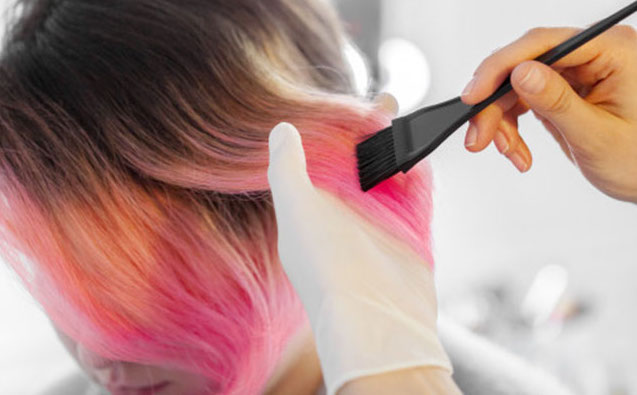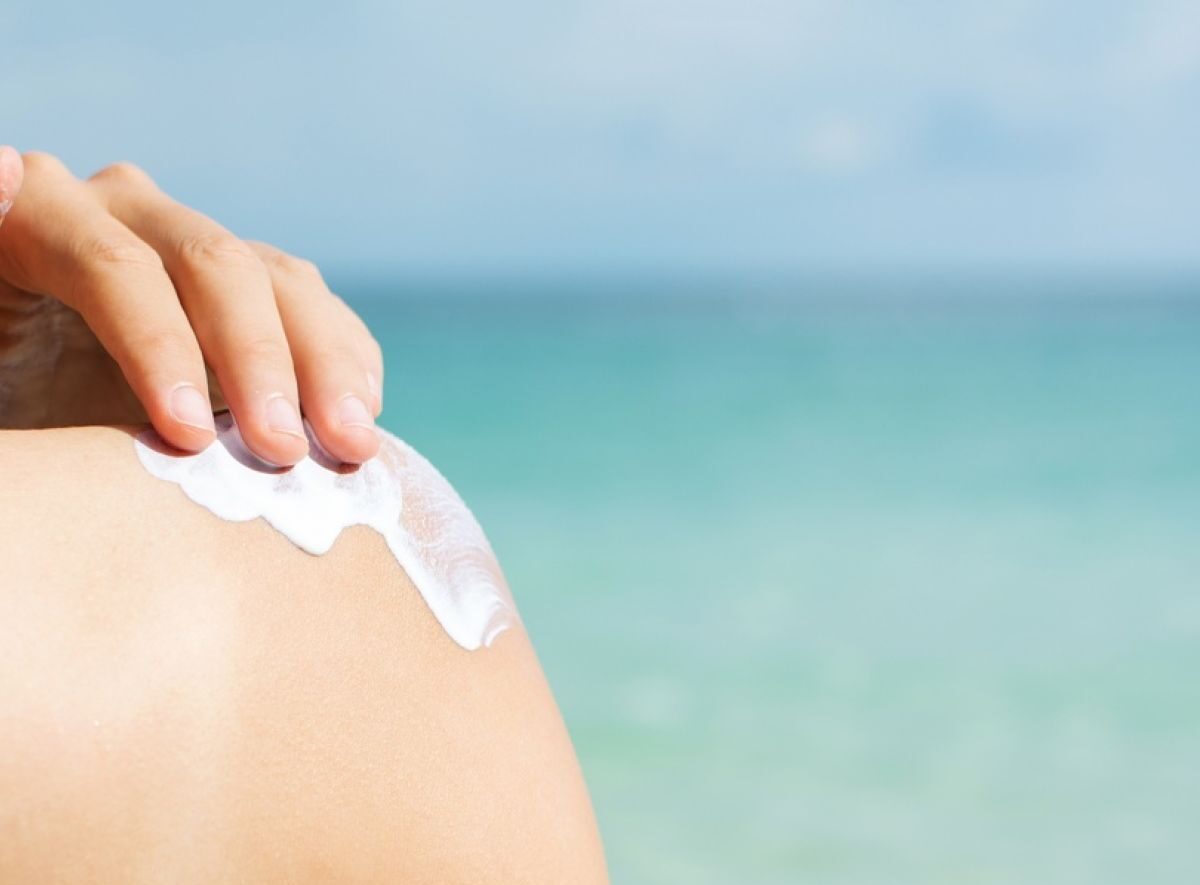EU LEGAL FRAMEWORK ON COSMETIC PRODUCTS
The Regulation (EC) No 1223/2009 establishes the rules that all cosmetic products made available on the European Union (EU) market must comply with, in order to ensure the functioning of the internal market and a high level of protection of human health.
Only cosmetic products for which a legal or natural person is designated as a “Responsible Person” (RP) can be placed on the EU market. The RP is fully responsible for safety and legal compliance. (see previous post)
According to Article 3 of this Regulation, “a cosmetic product made available on the market shall be safe for human health when used under normal or reasonably foreseeable conditions of use“. In order to demonstrate that a cosmetic product complies with Article 3, the RP must guarantee that the product has undergone a safety assessment and that a Cosmetic Product Safety Report (CPSR) is set up. (see previous post)
WHAT IS THE PRODUCT INFORMATION FILE (PIF)?
The RP needs to compile and keep a Product Information File (PIF) for every cosmetic product placed on the EU market.
The PIF is a dossier of technical documentation that needs to contain the following information:
- Description of the cosmetic product (which enables the PIF to be clearly attributed to the cosmetic product);
- The Cosmetic Product Safety Report (CPSR – see previous post);
- A description of the method of manufacturing and a statement on compliance with Good Manufacturing Practices (GMP);
- Proof of the effect claimed for the cosmetic product (where justified by the nature or the effect of the product);
- Data on animal testing performed (by the manufacturer, his agents or suppliers) during the development or safety assessment of the cosmetic product or its ingredients (including animal testing performed to meet legislative/regulatory requirements of third countries).
The PIF needs to be made readily accessible (electronically or in other format) by the RP at his address indicated in the product label. Even if the cosmetic product is available in several EU countries, the PIF is only kept in one single EU address. This address is one of the information that has to be submitted when notifying the product in the Cosmetic Products Notification Portal (CPNP). (see previous post)
The information contained on the PIF should be in a language that can be easily understood by the competent authorities of the Member State in which the RP is keeping the PIF.
The Product Information File has to be kept for a period of 10 years, counting on the date on which the last batch of the cosmetic product was introduced on the EU market. Moreover, the PIF must be always up to date, taking into account relevant information generated after the product is placed on the market (e.g., amendments to Regulation).
Critical Catalyst has a team of qualified EU safety assessors with vast experience in conducting CPSRs and PIFs. For more information, please feel free to contact us at info@criticalcatalyst.com.
References:
- Regulation (EC) No 1223/2009 of the European Parliament and of the Council of 30 November 2009 on cosmetic products.














